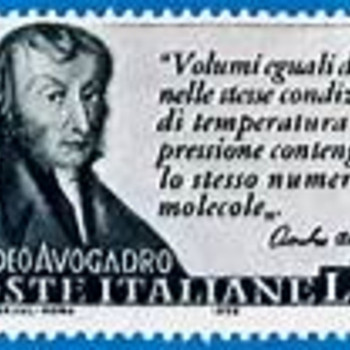...the which you make from an alkyne....well, clearly the triple bond cannot be between #stackrel(2)C-stackrel(3)C#, or #stackrel(3)C-stackrel(4)C#..why not?
...we could have triple bonds between...#stackrel(1)C-stackrel(2)C#..to give...#Hstackrel(1)C-=C-stackrel(3)C(CH_3)_2CH_2CH_2stackrel(6)CH_3#...between #stackrel(4)C-stackrel(5)C#..to give...#H_3stackrel(1)C-CH_2-C(CH_3)_2stackrel(4)C-=stackrel(5)Cstackrel(6)CH_3#..or between #stackrel(5)C-stackrel(6)C# to give...#H_3stackrel(1)C-CH_2-C(CH_3)_2CH_2stackrel(5)C-=stackrel(6)CH#.
I think that's it...for the mono-alkynes (but perhaps someone will point out an isomer I have missed)....but I could have say...
#Hstackrel(1)C-=C-stackrel(3)C(CH_3)_2CH_2stackrel(5)C-=stackrel(6)CH#, OR...
#Hstackrel(1)C-=C-C(CH_3)_2stackrel(4)C-=stackrel(5)C-stackrel(6)CH_3#,
...i.e I could have di-alkynyl species, which could certainly be saturated upon treatment with hydrogen.... And I am not going to include olefinic substitution (i.e. #"ene-ynes"#), because that is getting too ridiculous. And this demonstrates the complexity of carbon chemistry...two sorts of atoms, for which a simple formula can generate many isomers....

